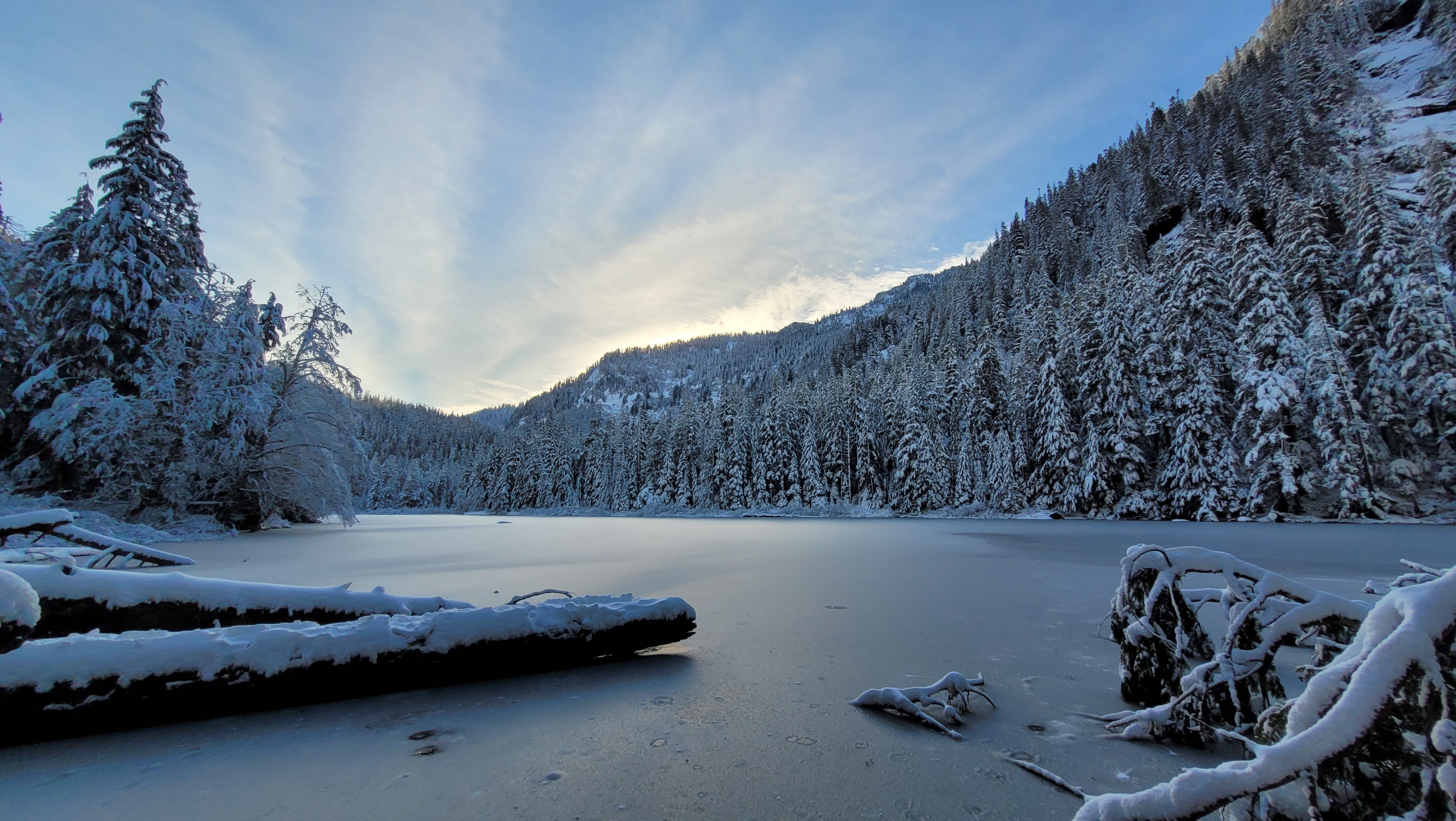
Hikers!
I hope you’re all excited about winter hiking this year. I know some of you are new to this, so I wanted to share some tips on how to dress for the cold weather and stay comfortable on the trail.
The key to winter hiking is layering. Layering is a system of wearing different types of clothing that you can add or remove depending on the temperature, wind, and precipitation. This way, you can regulate your body heat and avoid getting too hot or too cold.
There are three main layers you need to know about: base, mid, and outer.
Base Layer: This is the layer that touches your skin and wicks away sweat. You want to avoid cotton, (cotton is rotten, cotton kills) which stays wet and makes you feel cold. Instead, go for synthetic fabrics like polyester or nylon, or natural fibers like merino wool or silk. These materials dry faster and keep you warm even when damp. You can choose from lightweight, midweight, or heavyweight base layers depending on how cold it is. For example, I usually wear a midweight long-sleeve shirt and leggings as my base layer.
Mid Layer: This is the layer that insulates you from the cold and traps your body heat. You can use fleece, wool, down, or synthetic fill as your mid-layer. You can also wear more than one mid-layer if it’s really cold. For example, I usually wear a fleece jacket and pants as my mid-layer, and sometimes I add a down vest or jacket if I need extra warmth.
Outer Layer: This is the layer that protects you from the wind and rain. You want a waterproof and breathable shell that can keep you dry and let out excess moisture. You can wear a rain jacket and pants, or a softshell jacket and pants if it’s not too wet. For example, I usually wear either a lightweight rain jacket or a heavier more insulated rain jacket and pants as my outer layer, and I have a pair of waterproof gloves and a hat to cover my hands and head.
The trick with layering is to adjust your layers as you hike. You don’t want to start with too many layers, because you’ll get sweaty and wet. You also don’t want to have too few layers, because you’ll get chilled and hypothermic. The best way to layer is to start cold and add layers if you need to. You can also take off or put on layers at rest stops or when the weather changes.
Some clothes that I recommend for winter hiking are: (Note: As an Amazon Affiliate, if you purchase an item from one of these links, Amputee Outdoors will earn a percentage of the purchase amount)
Base Layer - Merino Wool Base Layer and Columbia Omni-Heat™ Infinity Knit Long Sleeve Crew. The Columbia crew neck top is good for very cold temperatures as it has thermal reflective material built into it, while the Merino wool option will work well for general winter hiking.
Mid Layer - GIMECEN Men's Lightweight Full Zip Soft Polar Fleece Jacket zips up to a turtleneck top and has elastic cuffs to keep the cold air out. FREE SOLDIER Men's Outdoor Softshell Fleece Lined Cargo Pants will work as general wintertime hiking pants and as a mid-layer under waterproof pants in the snow.
Outer Layer – For this we’re going with the classic FROGG TOGGS Men's Pro Lite Suit. Very affordable and renowned for their lightness and waterproofing. You can also get the Wiley Coyote approved Acme Projects Rain Suit which comes in 3X Large making it suitable to fit over thicker layers.
Glove and Hat – A reliably good option for gloves is the Carhartt Men's W.P. Waterproof Insulated Gloves. The palms are textured to help keep a positive grip on your hiking poles. To keep your head and ears warm, and keep some of the snow from collecting on your glasses, you want the SEALSKINZ Kirstead Waterproof Extreme Cold Weather Hat.
I hope this helps you prepare for your winter hiking adventures. Stay warm and dry and for a review of my Three Outdoor Principals, check out this blog post.
